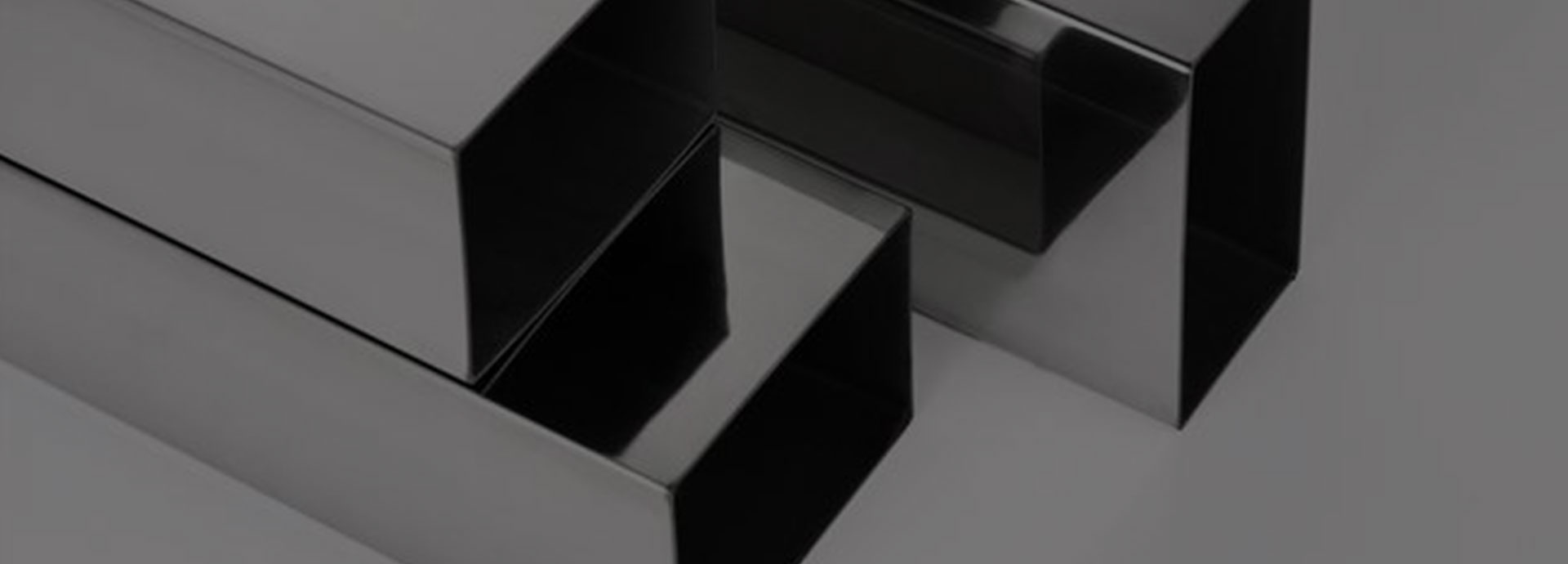Stainless steel., as a popular metal material, is favored for its excellent corrosion resistance and elegant appearance. It plays a vital role in many industries, especially in areas such as construction, transportation, healthcare and food processing. Among the many types of stainless steel, 201, 316 and 304 are particularly common, each with its own unique chemical composition, performance characteristics and application areas. Next, Xiaoxiang Life Encyclopedia will give you a detailed analysis of the differences between these three kinds of stainless steel, so that you can better understand their uses and advantages.
First of all, let's distinguish these three kinds of stainless steel from the perspective of composition.
201 stainless steel is an economical chromium containing stainless steel, it contains a high nickel content, but relatively poor stability. In addition, 201 stainless steel is also added to the element manganese, which helps to improve the strength and hardness of the material, making 201 stainless steel excellent in mechanical properties and processing properties. However, due to its relatively weak corrosion resistance, it may not be suitable for long-term exposure to harsh environments.
304 stainless steel is considered a standard or universal type of stainless steel, it contains about 18% chromium and 8% nickel, this ratio gives 304 stainless steel excellent corrosion resistance and processing properties. Compared with 201 stainless steel, 304 stainless steel has a more stable chemical composition and therefore shows better corrosion resistance in many applications.
316 stainless steel adds molybdenum on the basis of 304, and the addition of this element significantly improves the corrosion resistance of the material, especially in the treatment of chloride and high temperature environments. Therefore, 316 stainless steel has been widely used in chemical, petroleum and Marine industries, which often need to cope with highly corrosive environments.
Next, let's look at the differences in performance between these three kinds of stainless steel.
Due to the difference in composition, 201, 316 and 304 stainless steels also have their own characteristics. Although 201 stainless steel performs well in strength and hardness, it is slightly inadequate in corrosion resistance and prone to rust. 316 stainless steel is known for its excellent corrosion resistance, especially in highly acidic environments, such as Marine conditions, its resistance to chloride corrosion far exceeds that of 304 stainless steel.

Finally, let's look at the different uses of these three types of stainless steel.
201 Stainless steel is mainly used in construction, furniture and automotive industries for the manufacture of structures and components, thanks to its high strength and hardness, as well as good mechanical properties and processing properties.
304 stainless steel is widely used in food processing, chemical and medical devices and other fields, because it has excellent corrosion resistance and hygiene properties. In applications involving food contact, such as kitchen utensils and tableware, 304 stainless steel material that meets food safety standards is usually required.
316 stainless steel is widely used in Marine engineering, chemical and pharmaceutical industries because of its corrosion resistance in harsh environments. In the seawater environment, due to the presence of a large number of chloride ions, ordinary stainless steel is susceptible to corrosion, while 316 stainless steel is able to maintain its corrosion resistance. In addition, in the pharmaceutical and chemical industries, 316 stainless steel is also needed to ensure the long-term stable operation of equipment and pipelines because the medium is often highly corrosive and high-temperature.
Through the above introduction, I believe you have a deeper understanding of 201, 316 and 304 stainless steel. Choosing the right type of stainless steel is crucial to ensure the performance and longevity of the product. Hopefully, this information will help you make a more informed decision when choosing stainless steel materials.








